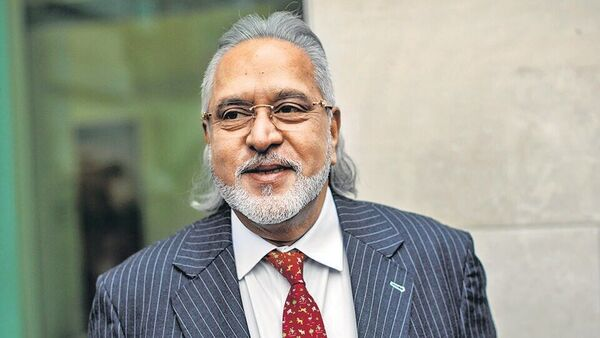



The New Delhi railway station stampede exposes Indian Railways' systemic failures in crowd management, outdated infrastructure, and poor crisis handling. Overcrowding, mismanagement, and reactive responses worsened the tragedy. Urgent reforms like AI-driven monitoring, independent investigations, and improved safety protocols are essential to prevent recurring disasters and ensure passenger security.

Copyright infringement not intended
The New Delhi railway station stampede highlights systemic failures within Indian Railways (IR).
The crash occurred on a footbridge during peak travel for the Maha Kumbh Mela in Prayagraj.
Victims ranged from a 7-year-old girl to a 79-year-old woman. Many were pilgrims rushing to board trains to Prayagraj.
Overcrowding combined with confusion over train announcements and delayed trains, led to a messy surge of passengers onto the footbridge.
Poor Crowd Management
Passengers waiting for the Prayagraj Express rushed to another platform after an announcement for the Prayagraj Special, mistaking it for their train.
Railways sold 1,500 unreserved tickets per hour to Prayagraj, with 2,600 passengers booking tickets between 6–8 p.m., despite visible overcrowding. No access control was enforced.
The footbridge, escalators, and platforms lacked adequate barricading or staff to manage surging crowds. CCTV systems reportedly failed to monitor or halt escalators during the rush.
Systemic Failures
Railways announced 150 million passengers traveled to Prayagraj in February, yet failed to anticipate crowds during key Kumbh dates. Similar protocols used during Chhath Puja were not replicated.
Railways accused passengers of ignoring announcements and buying excessive tickets, despite such behavior being typical during festivals. They also denied making platform change announcements, contradicting eyewitness accounts.
|
Similar incidents occurred at Elphinstone Road station (2017) and Allahabad station (2013), yet IR failed to implement lessons learned. The 2025 stampede highlights a pattern of complacency. |
Railways deployed additional security, announced ₹10 lakh ex gratia for victims’ families, and introduced temporary holding areas at 60 high-traffic stations. These steps, however, were criticized as reactive.
A high-level committee led by Railways executives was appointed to investigate, raising concerns about impartiality. In the past, even single-fatality train accidents were probed by the independent Commissioner of Railway Safety (CRS).
Outdated Infrastructure and Practices
Overburdened Network: 60% of routes operate at 100%+ capacity, leading to delays and accidents. Manual signaling and aging tracks continue despite modernization efforts.
Slow Technology Adoption: IR lags in AI-based predictive maintenance and real-time monitoring, unlike global networks. The Shift2Rail program (EU) uses AI for infrastructure monitoring, a capability IR lacks .
Bureaucratic and Political Challenges
Project Delays: Infrastructure projects face land acquisition hurdles, litigation, and political interference. The Udhampur-Srinagar-Baramulla Rail Link faced ecological protests due to poor planning .
Funding Shortfalls: The National Rail Plan 2030 aims to modernize IR but faces budget constraints and prioritizes freight over passenger safety .
Independent Investigation (e.g., by the CRS) is critical to ensure transparency and accountability.
Proactive Reforms:
Railways must prioritize passenger safety over institutional inertia, learning from past failures to prevent future tragedies.
Must Read Articles:
Source:
|
PRACTICE QUESTION Q. With India’s rapid urbanization, how can cities balance development with crowd safety? Discuss the role of smart city initiatives in disaster prevention. 250 words |







© 2025 iasgyan. All right reserved